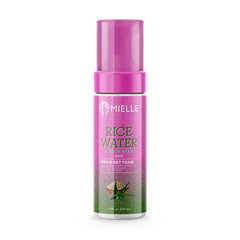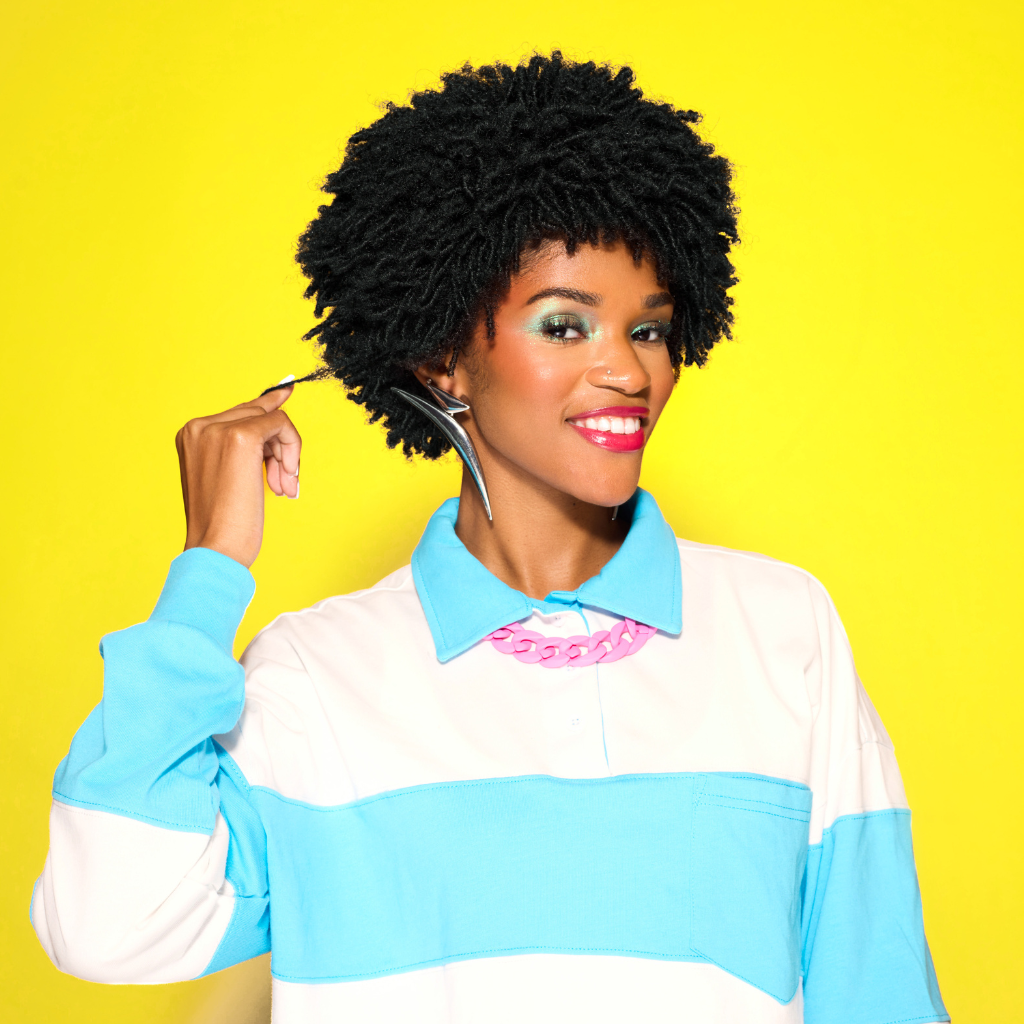By Toia Barry
Starting your natural hair journey can be exciting and sometimes challenging, but with the right approach, you'll soon be slaying your styles like the pros.
Whether you’re new to the natural hair journey or you’re returning after a hiatus, embracing your natural texture can be an exciting and rewarding experience.
When deciding to go natural, the first few thoughts that come to mind are normally how much damage you’re dealing with and how much hair you’ll have to part with to address it.
For some, starting fresh is freeing, but for others, the big chop can be an emotional and uncertain journey. The sudden change in appearance may evoke feelings of vulnerability or discomfort, and letting go of long or years of hair growth can be deeply personal.
While the big chop is probably the most popular method to kick-start your natural hair journey, it’s not the only method. You can also slowly transition, allowing your hair to gradually grow out until it’s entirely back to its natural texture.
To help you decide the best route for yourself, we’re doing a deep dive on the pros and cons of both methods.
Breaking Down the Big Chop
Pros
If you’re tired of relaxed hair and want to get back to your natural texture ASAP, then a big chop is the way to do so. Once it’s done, you’ll have a feeling of freedom and can confidently explore this new natural hair life, which includes discovering what types of products your hair responds to or doesn’t. As your hair grows out, you grow with it, learning about ingredients, new styling techniques, and gaining an overall knowledge of how to treat your coils and kinks.
Many opt to keep their hair short, finding that it’s much lower maintenance. Remember, there’s still plenty of versatility in styling short hair.
In this newly chopped state, we recommend using our Honey & Ginger Styling Gel for cute coils or our Pomegranate & Honey Collection to define your curls for an effortless wash-and-go style. If you’re looking for styling tips and ideas, social media is also full of inspo. 
Shop Honey & Ginger Styling Gel for $11.99
Cons
If you prefer updos, protective styles, or switching up your hair often, having short hair may limit you, as many stylists now have length requirements. Slicking back the sides for a simple “frohawk” with our Honey & Ginger Edge Gel is one of the many ways you can spice up that short do while encouraging healthy hair. 
Shop Honey & Ginger Edge Gel for $12.99
Another con is that it’s not just your hair that’s starting over — it’s your products too. Finding the right products for your unique texture is even more essential when on a natural hair journey.
The Tea on Transitioning Your Hair
Pros
The key to transitioning your hair gradually is patience, patience and more patience. Instead of taking the plunge into chopping everything off, in this method, you stop chemically straightening your strands, allowing the new hair to grow in while retaining your length. This not only gives you more time to adjust to your natural hair texture, but it also gives you more styling flexibility.


















